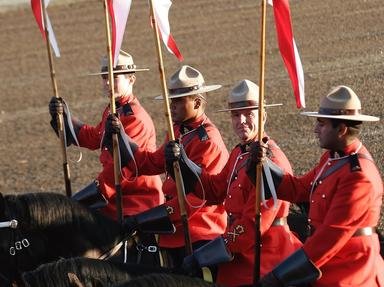Quiz Answer Key and Fun Facts
1. Which explorer travelled through Southern Alberta in 1857 and declared that the region was unfit for agriculture?
2. What is known as the "Dirty Thirties"?
3. John Ware, the iconic cowboy, was originally a what?
4. What was the major crop grown in Alberta at the beginning of the 21st century?
5. In 1909, what was distributed to farmers to ensure successful crops?
6. What landmark event happened in 1873 near the settlement of Morleyville, Alberta?
7. What agricultural organization formed the government of Alberta between 1921 and 1935?
8. What was a "Bennett Buggy"?
9. An advocate for women's status in agricultural endeavors and a farm leader, who was the first female cabinet minister in Alberta, Canada?
10. What is the one crop-eating pest that is NOT found in Alberta?
Source: Author
StetsonHat
This quiz was reviewed by FunTrivia editor
bloomsby before going online.
Any errors found in FunTrivia content are routinely corrected through our feedback system.

